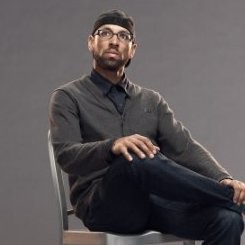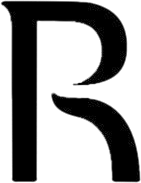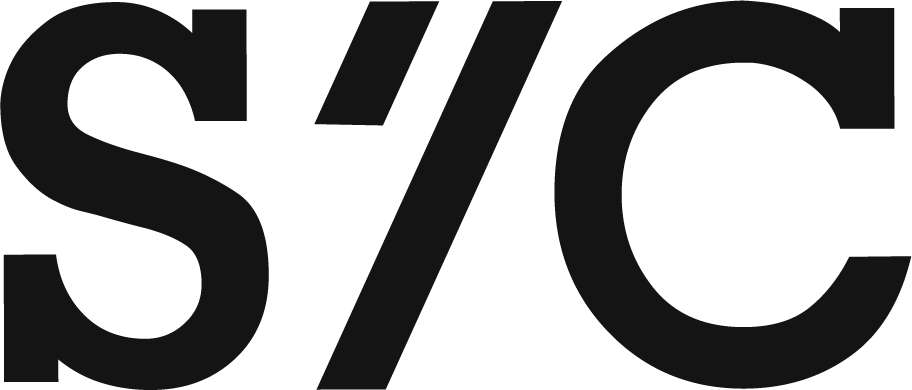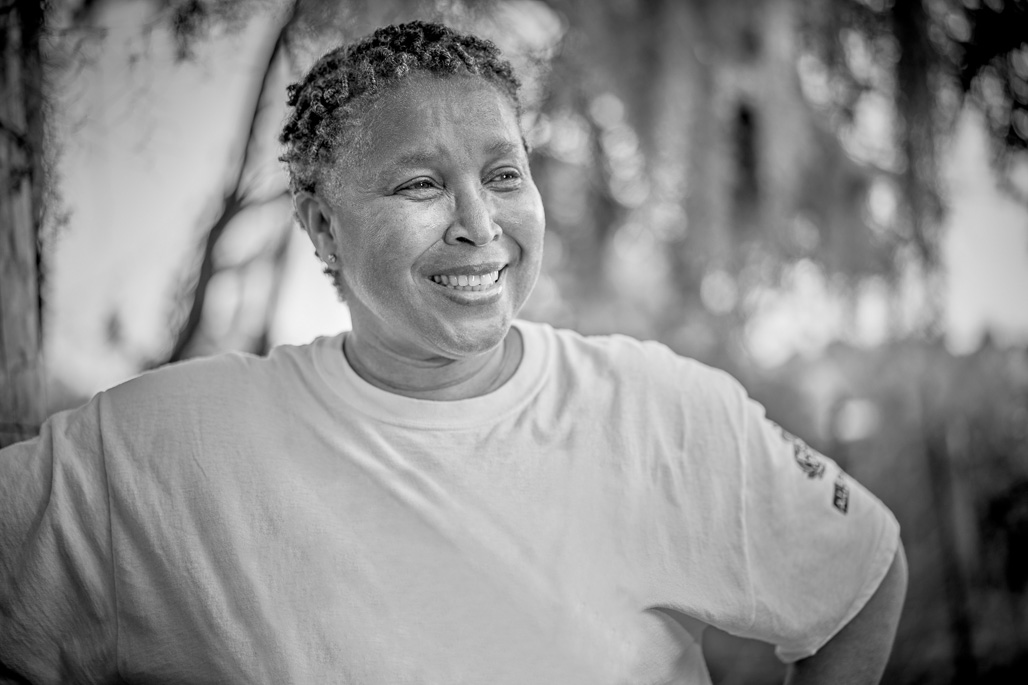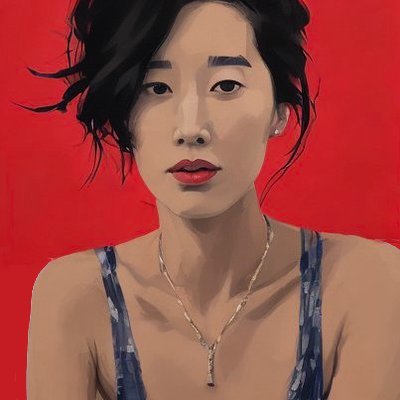Attributes
Provenance
Minted by 0x41f3F...CD0C
0x41f3F...CD0C transferred to rfc.art
DETAILS
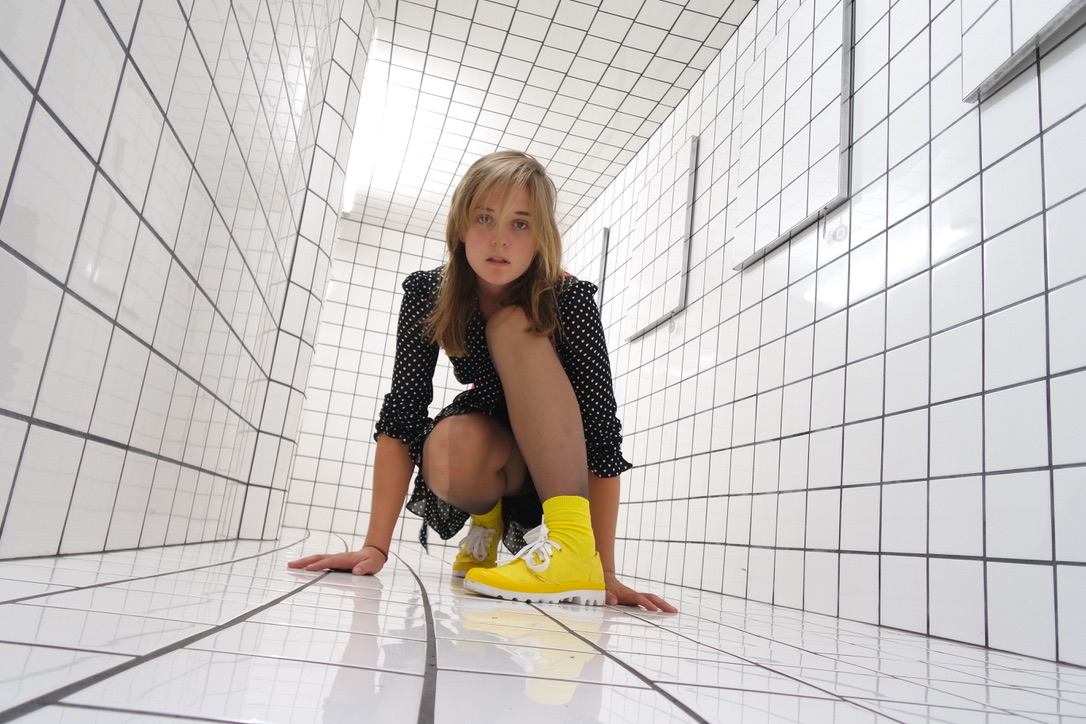
Artist
Anna Lucia (1991) is a Dutch generative artist whose preferred medium is computer programming.
She writes algorithms to generate artwork, often combining mathematics and computer science concepts and systems with traditional crafts such as textile work. Her work has been included in exhibitions at Art Basel Miami (2021), Vellum LA (2022), Art Basel (2022), and the Decentral Art Pavilion at the Venice Biennale (2022), among others.
IN THE PRESS
FAQ
Both Anna Lucia and the quilters are accomplished artists in each of their respective fields. When they decided to come together, the quilters began by teaching Anna their seed patterns, which then informed how Anna create her random seed patterns. Anna and the quilters refined this algorithm via Zoom calls and emails over the course of a year to create the perfect artistic outputs. Over a hundred thousands digital outputs were generated. At the end of this process, the quilters hand-selected and curated their favorite digital works, which were limited to 300 unique outputs (75 from each quilter) and 40 sets of 5 (4 of each quilter and a special album quilt that depicts the sets).
Part of our agreement with the quilters is that they were able to quilt the NFTs, returning the project full circle: from physical to digital and digital back to physical.
The quilters also asked Arsnl to represent the sales of the physical source quilts — aka, the physical quilts that were used to help generate these generations.
The Gee's Bend organization negotiated the final business and charitable elements for each of the digital and physical quilts. The IP rights of Gee's Bend are represented by Artist Rights Society, of which ARSNL is the exclusive digital platform.
If you are interested in acquiring a set or a physical quilt, please email hello@arsnl.art.
Like the Stella Geometries, sets are more limited. They are specially curated thematic works. Each set contains 4 artworks inspired from each of the 4 quilters, as well as a special "album" quilt that ties together the thematic aspect of the set. Thus, a set is 5 total artworks - all unique. No two sets or albums are alike. Sets can be acquired now, before our sale date. They cost $1800 (1 eth). Please email us at hello@arsnl.art if you are interested.
An album quilt is a special digital artwork that represents a collection of quilts. They have a different type of pattern, containing quilts within quilts. They tie together the thematic aspect of a set. Each is unique.
Album quilts can only be acquired with the purchase of a set.
Yes! We are offering physical legacy quilts that were used as inspiration for the NFTs, as well as a digital/physical quilt hybrid. Please email hello@arsnl.art for pricing.
Yes! Mary Margaret has offered to hand-quilt your unique NFT. Please see the Onesheet with further pricing details.
Yes! Each digital artwork grants you rights to print and quilt the artwork for personal use.
Yes. Arsnl Collectors are those who hold a Frank Stella Geometry or a Siebren Versteeg For a Limited Time artwork. Holders will be automatically added to our allowlist and given priority treatment over other allowlist methods. Please visit the following OpenSea links to purchase a Geometry or For a Limited Time canvas. The cut off period to be a holder is May 14th.
If your Stella or Versteeg collection is in your cold wallet and you plan to use a different wallet to participate in the current sale, you can link your cold wallet on this website.
Just click the index link, connect via your hot wallet that you will use to buy the Generations artwork, then go to your user profile page and under “Alternative Wallet” enter your cold wallet. This creates the association between your hot wallet and cold wallet. You will need to do this before the cut off on May 14th.

